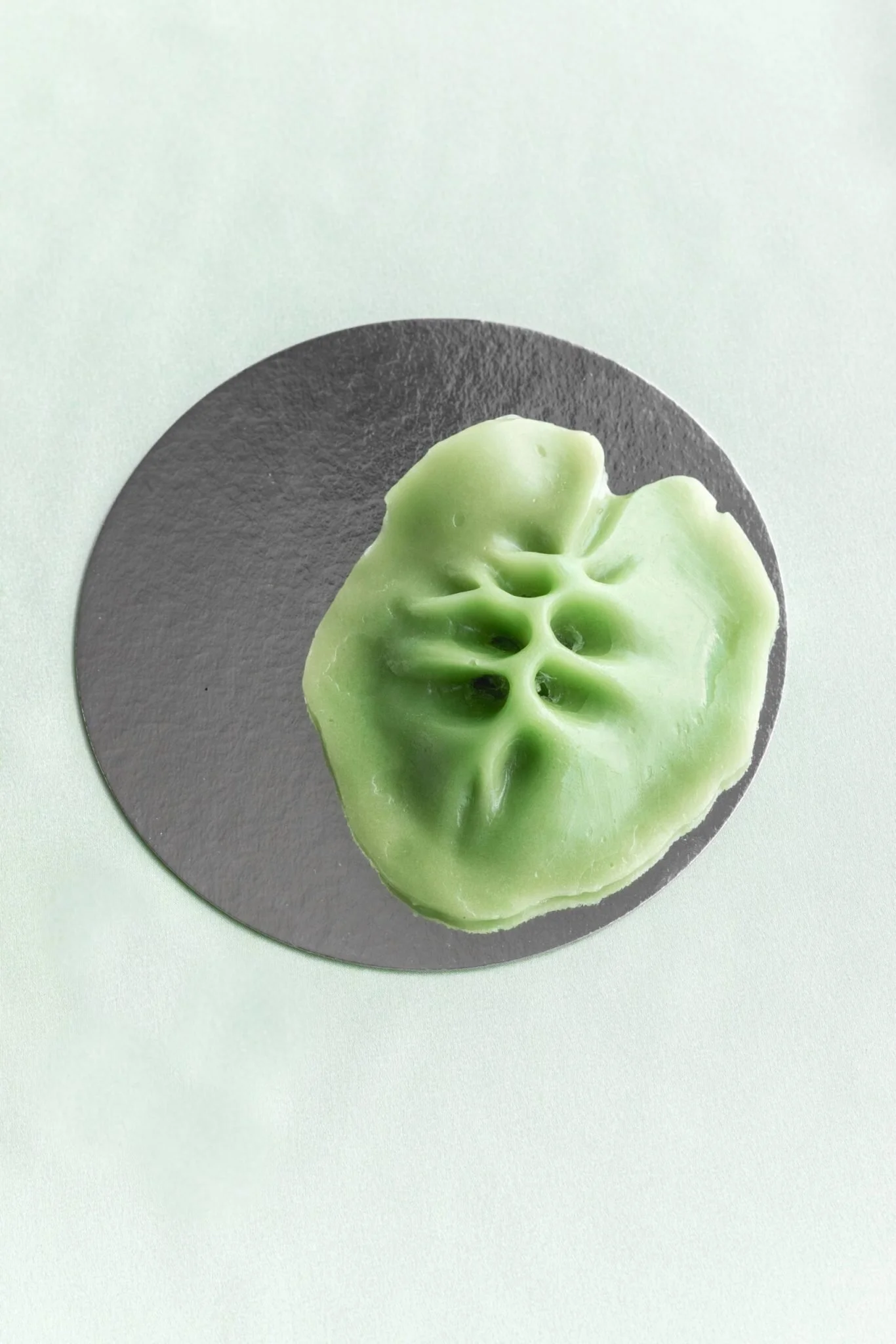Food & Design 2020 Review: Opportunities in Adversity
In a feedback session with correspondents, The Dutch Institute of Food&Design summarises opportunities and new pathways in food design that have opened up during the COVID-19 situation of 2020.
Below are my reflections and favourite projects that fuse food and design from this year:
A lack of ability to host events have moved things to online platforms, yet this has simultaneously reinforced our need for connection and joy – both with others through laughter and touch, and with food as a medium. This connection has reached down to the earth and soil, with people planting seeds and growing futures – a real back to basics for many, with opportunities to slow down and appreciate the little things.
Where can you see opportunity in Food and Design currently?
Within the industry I’ve seen openness and collaboration – there has been a real sense of camaraderie and participation to build better futures. I’ve been part of Charles Michel’s Patreon community which has really flourished this year, and it’s great to find like-minded people who love food, art/design, and sustainability.
Personally, I’ve also found there has been greater access to global events (including those in academia) – opening up conversations around the discipline of food design.
I’ve seen a lot of opportunities for innovation in the way experiences are delivered. There has been a burgeoning amount of bespoke ‘experience packs’ designed to complement live online experiences, or as DIY kits – everything from jelly-making to sugaring, and taste experiences. Many businesses have simultaneously become both hyper-local and global.
Natural synthetic by Lailia Snevele
What new pathways have opened up for you in Food and Design since Covid?
In projects for others I have had to be innovative and quick-thinking, a quality I’d like to keep in mind when prone to overthinking and procrastination…I’m hoping to do more rapid-prototyping with my own design projects next year.
How have you positively refocused your Food and Design work this year, or how have you perhaps seen others do so?
A lack of ability to host events have moved things to online platforms, yet this has simultaneously reinforced our need for connection and joy – both with others through laughter and touch, and with food as a medium. This connection has reached down to the earth and soil, with people planting seeds and growing futures – a real back to basics for many, with opportunities to slow down and appreciate the little things.
Slow down and appreciate the little things, July 2020
Can you share examples of interesting initiatives in Food and Design that arose from the Covid situation?
This year, I’ve really enjoyed seeing the personal and playful explorations of self and food as a material, such as Elise Coudré’s regular solitary eating experiments on Instagram, Laila Snevele’s ‘natural synthetic’ creations, and Chloe Rutzerveld’s ‘Edible Anatomical’ vases – I love the tomato soup version! I’ve admired the expression of terroir in design in work such as ”Matter” – Decoding Material Emotions by We Crave Design, Pascal Baudar’s combination of wild food creations with his wildcrafted ceramics, and it was a joy to see Maria Roy dig a deep trench in her back garden during lockdown in order to create and fire a set of vessels. Additionally, Ana Gutman and Andrea Aguirre’s engulfing and transformative food landscapes in MetamorFOODsis, is Covid19 ‘comfort food’, but not as we know it.
Closer to home, I’ve loved seeing identity expressed through food and design….from Sarah Kwan’s ‘East Meets West’ illustrations of iconic Scottish produce and Tomorrow’s Kitchen by Küche, which is a beautiful graphic novel with food stories and recipes from novelists, food writers, chefs, playwrights and activists, from all over the world.
Despite such a difficult time for creatives, it’s been heartwarming to see collaborative illustration projects such as Ida Henrich’s mural on the famous Rogano restaurant in Glasgow, which recently closed its doors after trading since 1935, as well as regular inclusions of paid artwork in Vittles, a food newsletter for ‘novel times’, set up by Jonathan Nunn at the beginning of lockdown.


